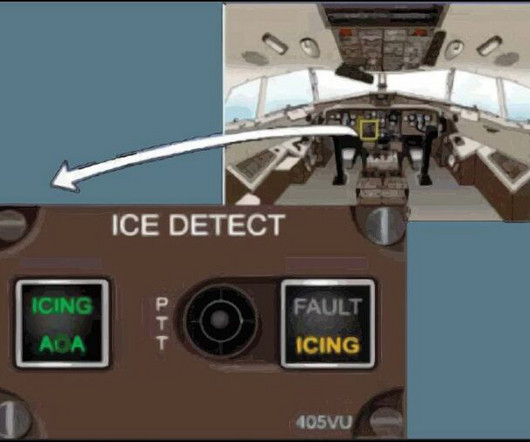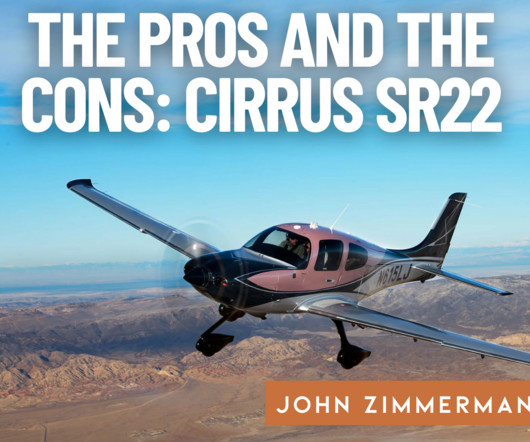Icing, Systems, and Human Factors: Preliminary Findings on Voepass flight 2283
Fear of Landing
SEPTEMBER 20, 2024
The flight crew adjusted the icing bug to 165 knots. The temperature at their cruising altitude was around -9° with westerly winds at 46 knots. The ATR’s airspeed was 191 knots. The ATR’s airspeed was 184 knots. The aircraft’s airspeed had decayed to 169 knots.











Let's personalize your content